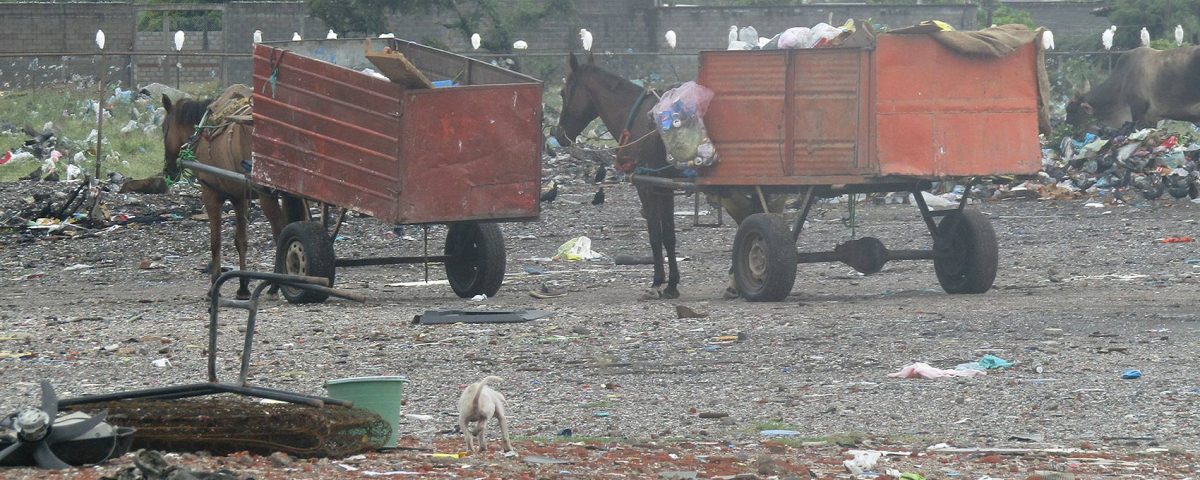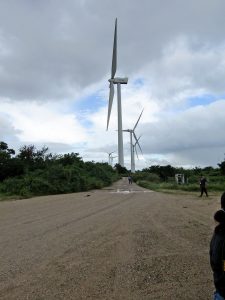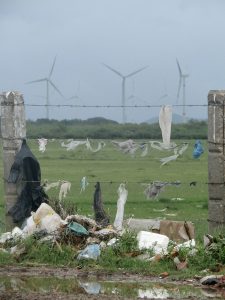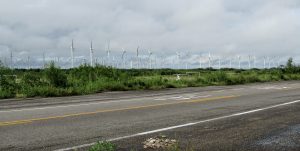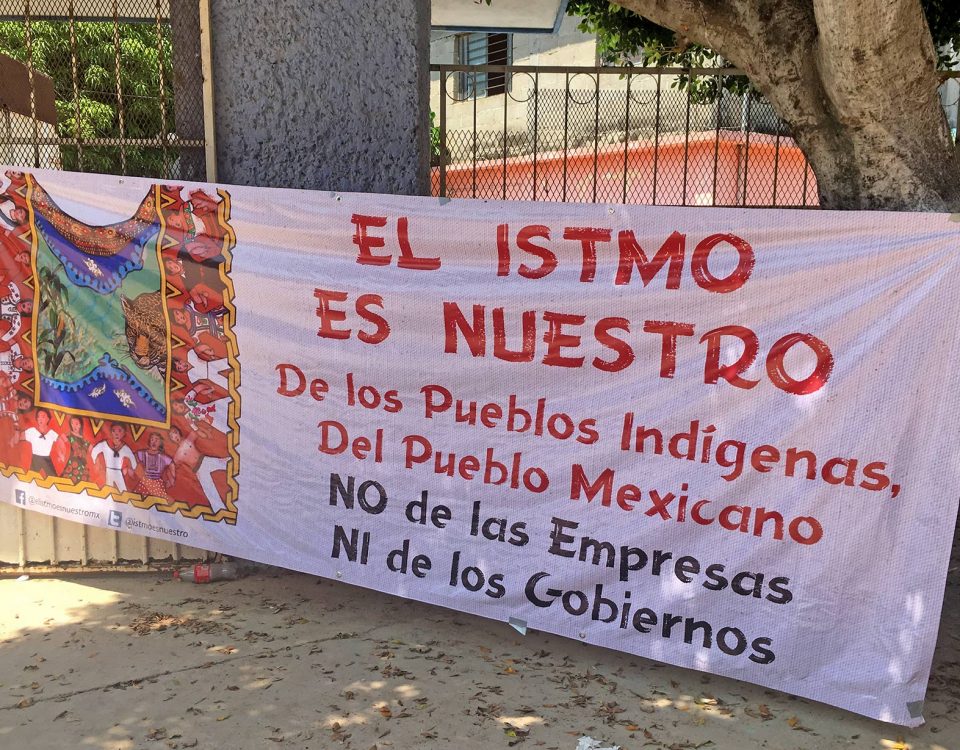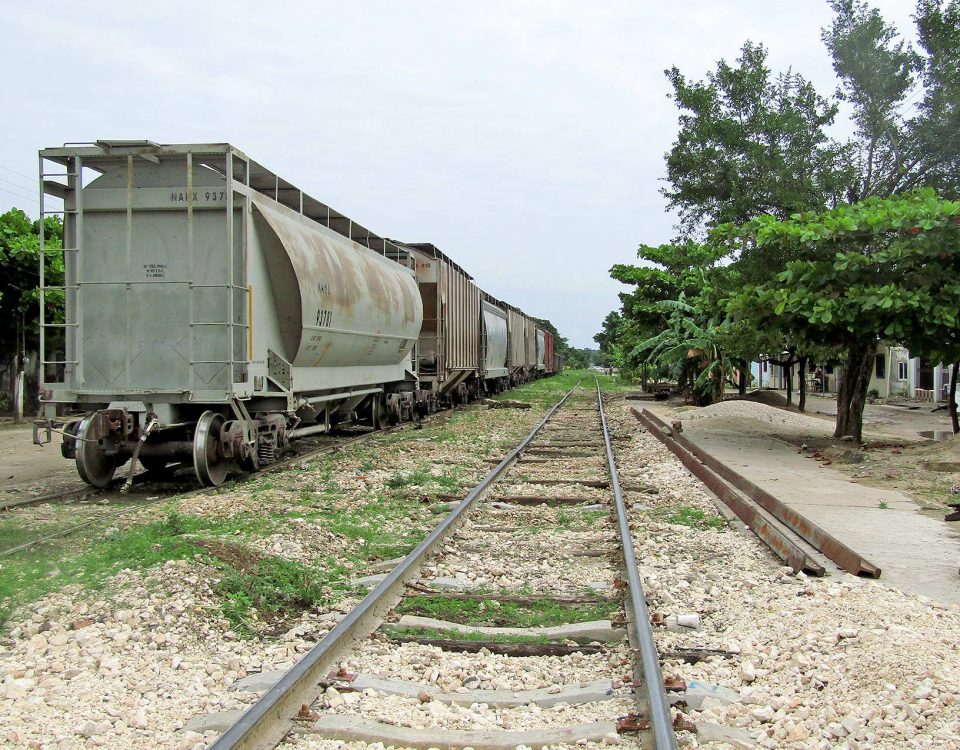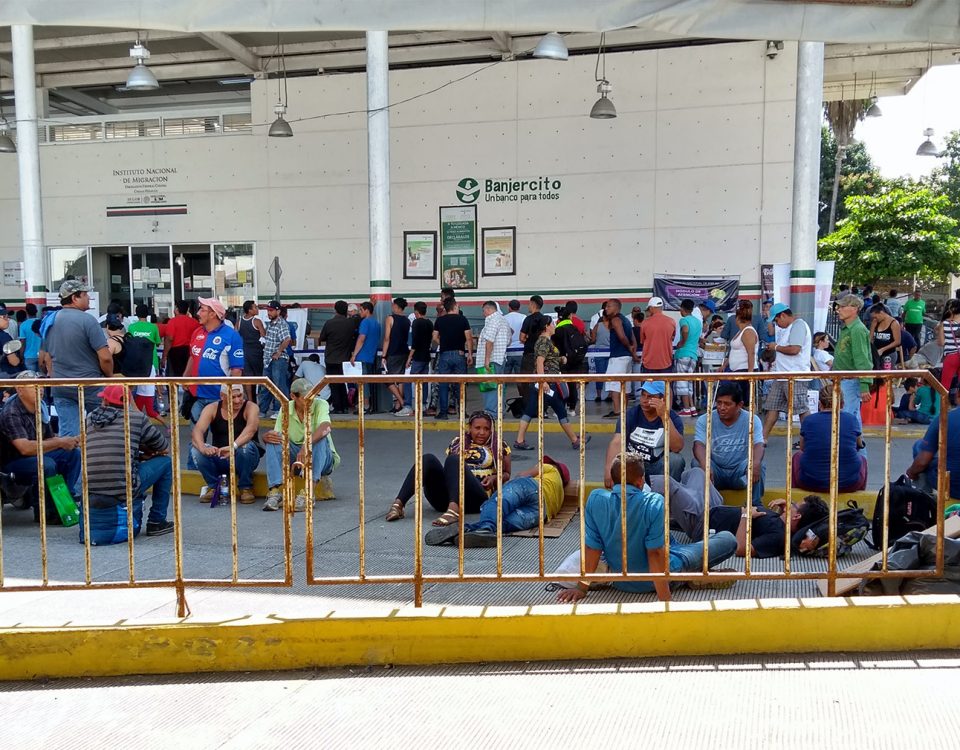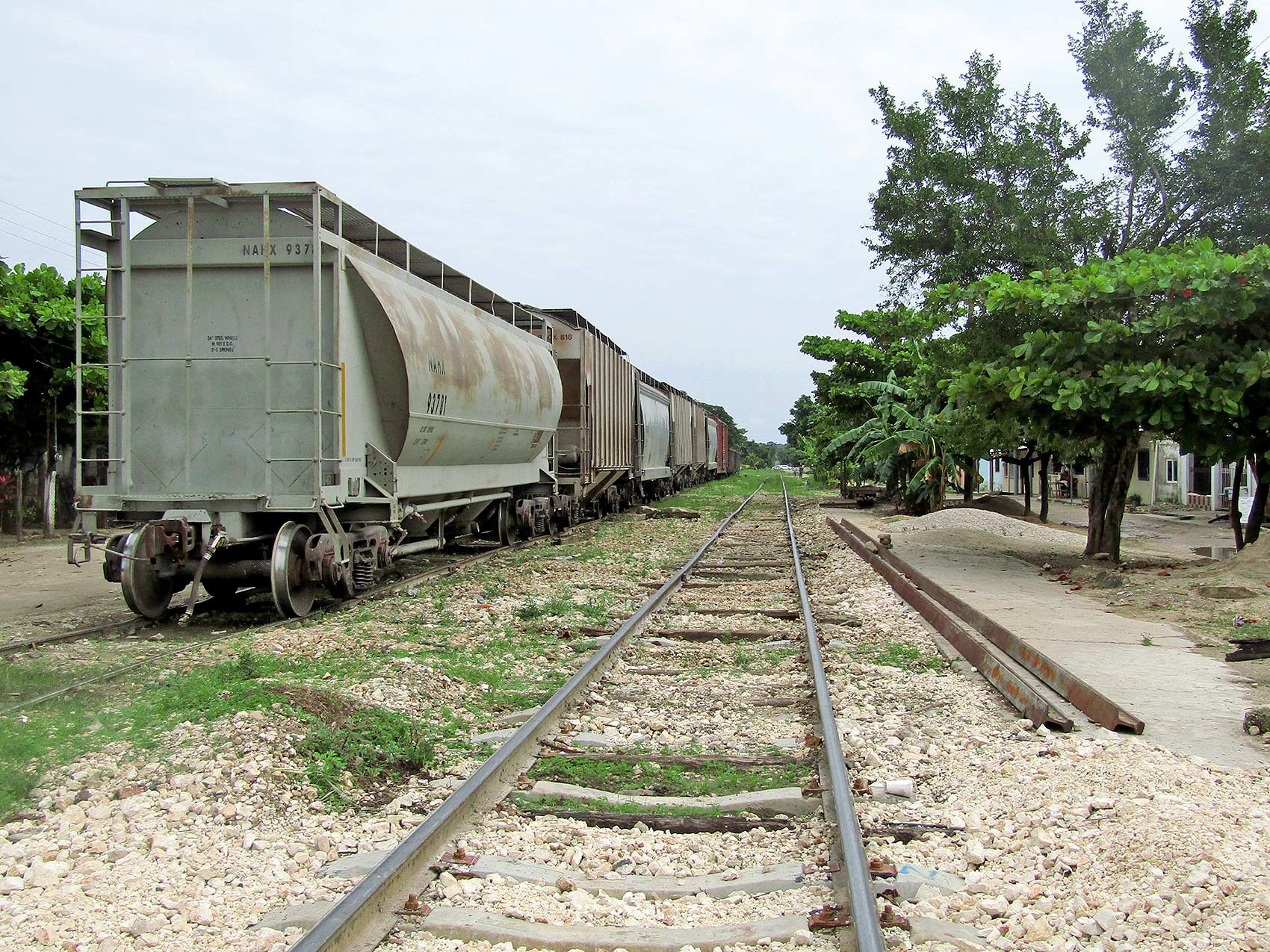
FOCUS: Mayan Train
19/12/2019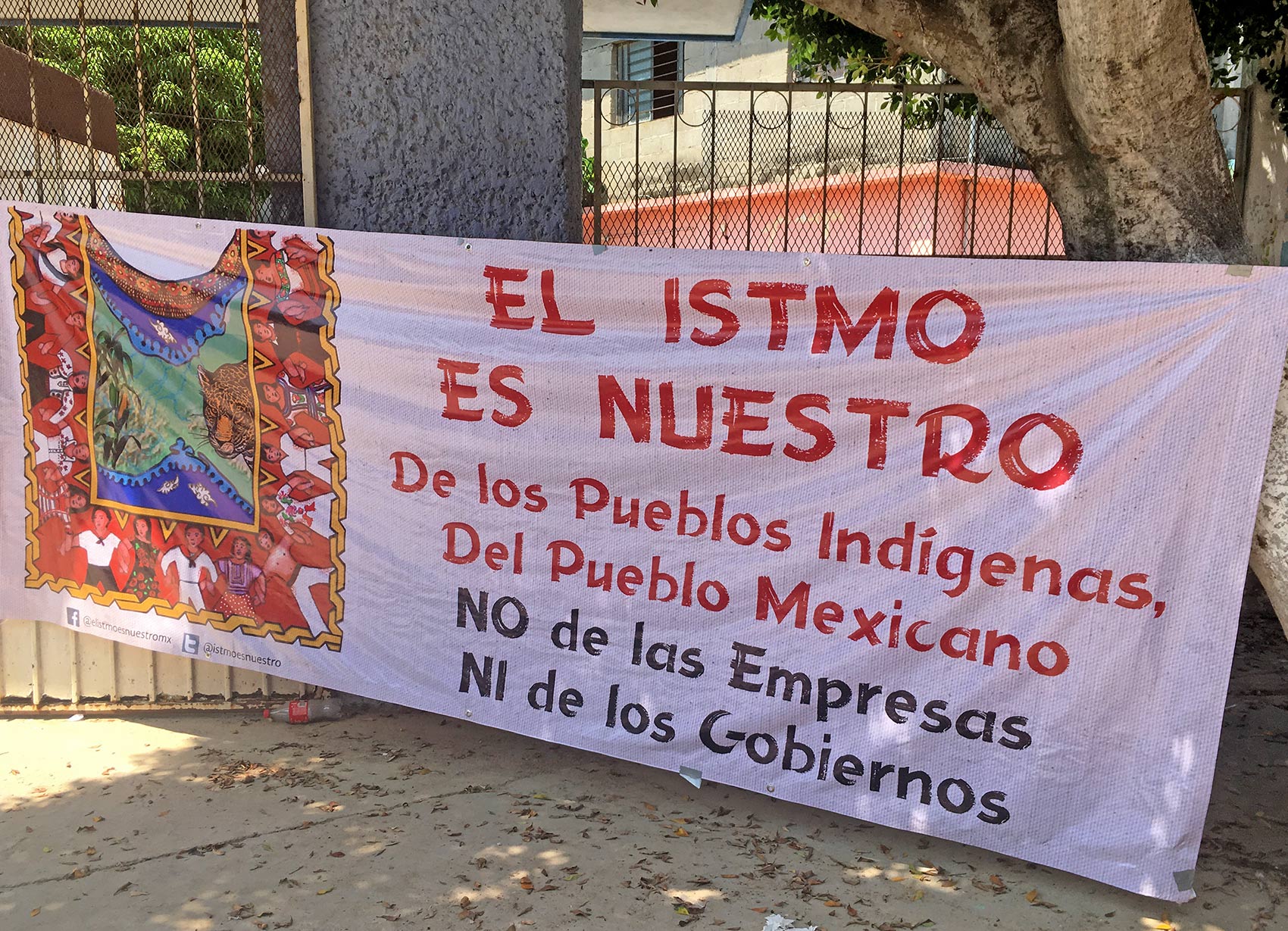
SIPAZ Activities (From mid August to mid November 2019)
19/12/2019What we are defending goes beyond the management of economic resources
With megaprojects such as the Trans-Isthmus Corridor, which will connect the ports of Salina Cruz (Oaxaca) and Coatzacoalcos (Veracruz), 47 thousand hectares already concessioned for mining, 28 wind farms and its great biodiversity, the Isthmus of Tehuantepec is an area of priority for the government of Andres Manuel Lopez Obrador (AMLO).
However, it is located in the spotlight, as it is an area of strong community organization for the defense of land and territory, with a high register of threats and attacks on human rights defenders and journalists.
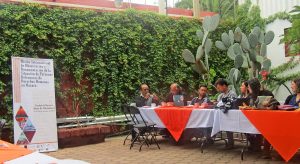
Civil Observation Mission of national and international organizations, journalists and diplomatic representatives to the Isthmus of Tehuantepec, October 2019 © SIPAZ
Within this context, between October 15 and 19 of this year, a Civil Observation Mission of national and international organizations, journalists, and diplomatic representatives, visited different communities organized in the Isthmus, and documented the situation of defenders in this area. The Mission sought to “share tools for the defense and protection of human rights defenders,” said the Consortium for Parliamentary Dialogue and Gender Equality (Oaxaca Consortium), co-convener of the mission, adding that another aim is to “know and exchange experiences to collaborate and create a support network” with “a specific focus on women defenders.”
The government of AMLO has defined the south of the country as a priority area, for being one of the poorest parts, offering as “development” megaprojects that in themselves were one of the biggest causes of conflict. Both the impact on daily life, as well as the social and environmental effects on the communities visited, including Union Hidalgo, Santa Maria Mixtequilla, Playa Brasil, San Francisco Ixhuatan on Cerro Grande, San Mateo del Mar, and La Venta, vary greatly, depending on of the specific project that is installed or seeking to enter the territory.
Wind farms, for example, generate a lot of noise, sometimes “day and night,” according to an inhabitant of Union Hidalgo. They can reach up to 90 decibels. The parks are very close to the villages, sometimes a few kilometers away. Villagers link the noise to medical problems in the population such as insomnia and heart problems. The most visible and tangible damages are environmental and social. On the one hand, in Union Hidalgo, an “elite” group of people who decided to lease their land to wind companies has been formed and thus generate greater profits. On the other hand, wind farms create a lot of garbage. In Juchitan, there is no garbage dump, which is why companies simply leave their garbage on the side of the road, a few kilometers from the city, where outdoor trash is burned. The wind disperses the garbage while the smoke and smell spread to the surrounding areas.
In the case of San Blas Atempa and Santa Maria Mixtequilla, the PEMEX refinery, which is located in Salina Cruz, carries water through pipes from these communities. In addition to the environmental pollution of the refinery itself, the company generates water shortages. Villagers told of incidents in which they had to close some buildings so that there was enough water left for the harvest. For a few months a year, the demand for water from Pemex is so great that it practically depletes the community’s access to water 24/7.
In La Ventosa it was documented that water and land have turned red from mining. Also, in San Mateo del Mar and San Francisco Ixhuatan, the mining operation contaminated the water. As a maritime region, the source of life for many people is fishing. In addition, drinking water is essential for life. The municipalities have declared themselves free of mining, but the government has not respected their decision.
Initially, the companies pledged to take over the renovation of the roads, build schools, hospitals or universities, provide work or simply give money. In the cases of the communities visited, none of these promises have been fulfilled. On the other hand, they indicate that there have been no prior, free, and informed consultations, in accordance with Convention 169 of the International Labor Organization (ILO).
These situations have been going on for many years. With the Trans-Isthmus Corridor, a project proposed as a priority by the AMLO government, it is feared that the negative impacts will be even greater. To date, communities have not been informed about specific plans. Nor is there a study on social or environmental impact, which has led to speculation and doubt.
However, communities share the experience of defending their rights: the search for legitimacy goes before the interests of the state and large companies. And in that search, there is often the risk of death or suffering some other type of violence. “We can no longer go out at night, sometimes we feel that with our voices, because of that resistance we are mounting to defend what is ours they give us dirty looks, threaten us, intimidate us, it really is a very complicated situation.” “They effectively face systematic attacks such as criminalization, defamation, harassment, threats, disappearances, arbitrary detentions, and murders” Consortium states.
In 2018, 13 journalists and activists were killed in Mexico, a number that was already surpassed by May of this year. At least 14 defenders were killed to date, 10 of them in Oaxaca. However, the inhabitants of the Isthmus affirm that “we continue organizing and walking in this struggle.”
The situation is much more complicated in the case of women, given that their work regularly involves other types of harassment, due to the simple fact of being a woman. In a misogynistic society, they have to fight for participation in a process that concerns them just as much as men. If they succeed, they must strive to be truly heard, within the process and by other actors. By their simple participation, women suffer the same forms of violence and some different manifestations, additionally motivated by the same machismo that prevented them from initially defending themselves.
Because of this violence, polarization, and uncertainty, it is more important than ever to put the Isthmus in the spotlight, not only because of the economic opportunities it offers, but also because of its community strength and the real consequences of development projects. It should be remembered that there are voices that are almost never heard, that speak of another way of treating the earth and defining progress and development. A Civil Observation Mission is a way to amplify and connect these voices.

